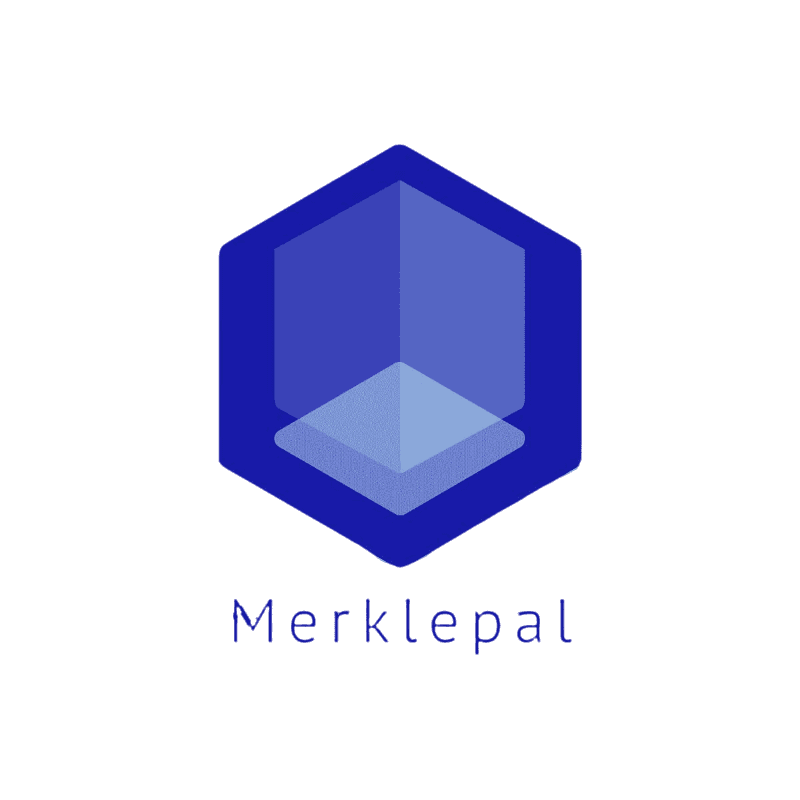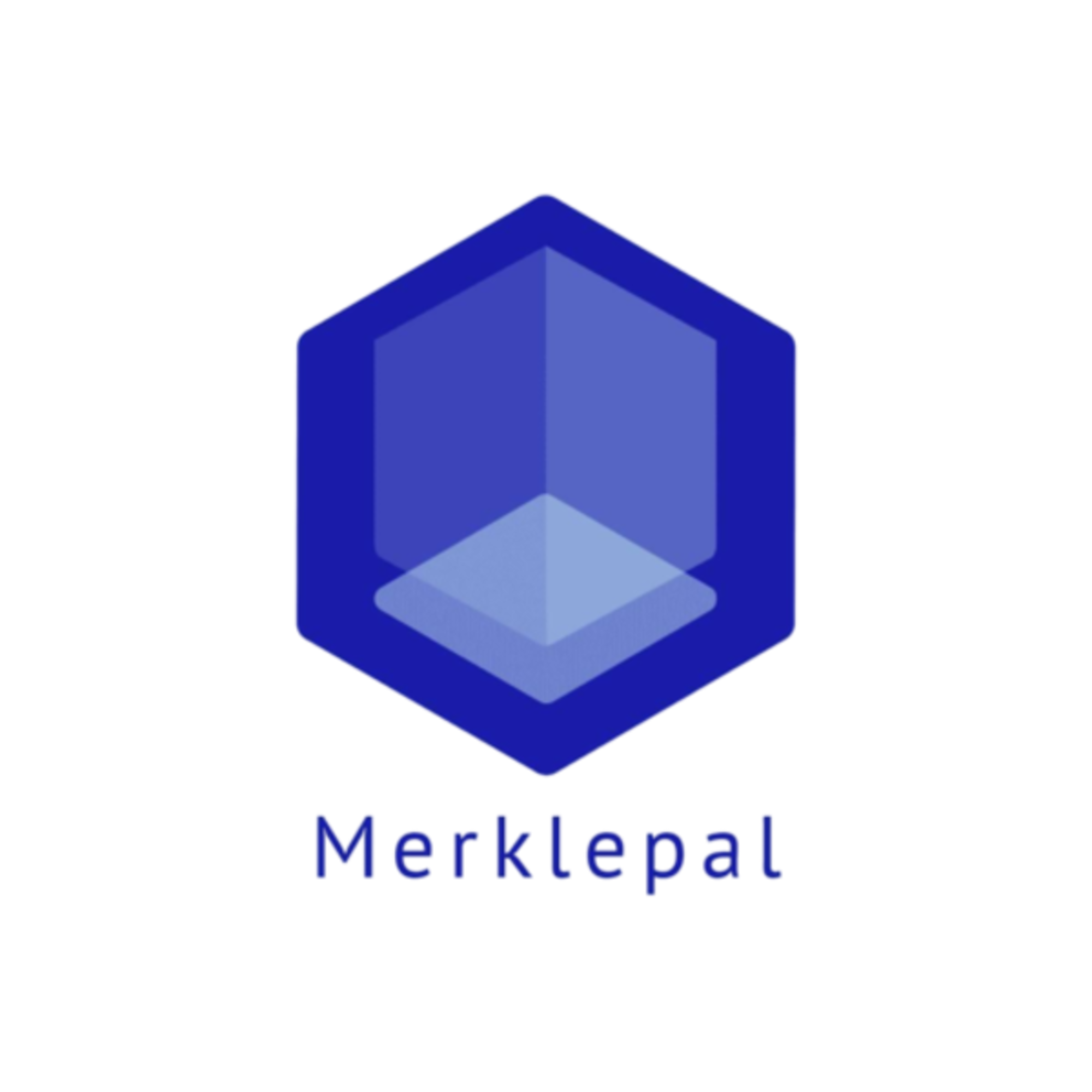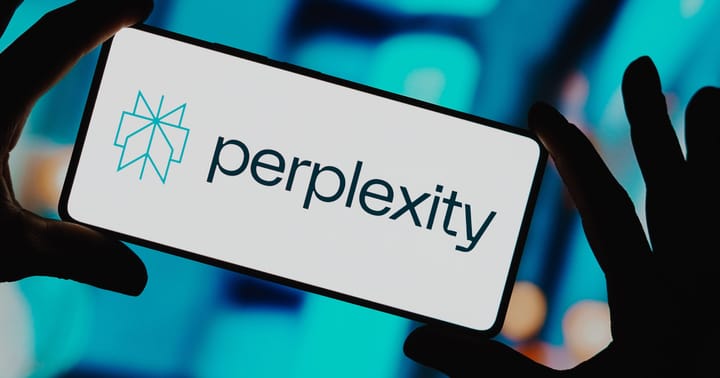YouTube Empowers Creators with AI-Generated Content Labeling Tool
YouTube may apply a label even without disclosure if the content has the potential to mislead viewers.

YouTube has unveiled a new tool designed to enhance transparency and accountability in content creation by requiring creators to disclose when their videos contain AI-generated or synthetic material. This self-labeling feature, introduced by the YouTube Team, aims to help viewers identify content that may be mistaken for real people, places, or events.
The tool will be integrated into Creator Studio, where creators can easily disclose altered or synthetic media content during the uploading and posting process. These disclosures will appear as labels either in the expanded description or on the front of the video player, depending on the sensitivity of the topics covered.
Examples of content that will require disclosure include the use of realistic person likenesses, alterations to footage of real events or places, and the generation of realistic scenes. However, disclosures will not be necessary for content that is clearly unrealistic, such as animation, special effects, or beauty filters.
This initiative aligns with YouTube's commitment, announced in November 2023, to increase transparency around digital content. Collaborating with the Coalition for Content Provenance and Authenticity (C2PA), YouTube aims to establish industry-wide standards for content transparency.
As AI-generated media becomes more sophisticated, distinguishing it from authentic content becomes increasingly challenging. With this in mind, YouTube intends to provide creators with time to adapt to the new self-labeling process. However, enforcement measures may be introduced in the future for creators who consistently fail to disclose AI-generated content. In some cases, YouTube may apply a label even without disclosure if the content has the potential to mislead viewers.
YouTube acknowledges that navigating the evolving landscape of generative AI in content creation requires ongoing efforts. The platform is committed to continuous improvement and aims to foster a deeper appreciation for the ways AI can empower human creativity while maintaining trust between creators and their audiences. Through increased transparency, YouTube seeks to ensure that viewers have access to accurate information about the content they consume.




